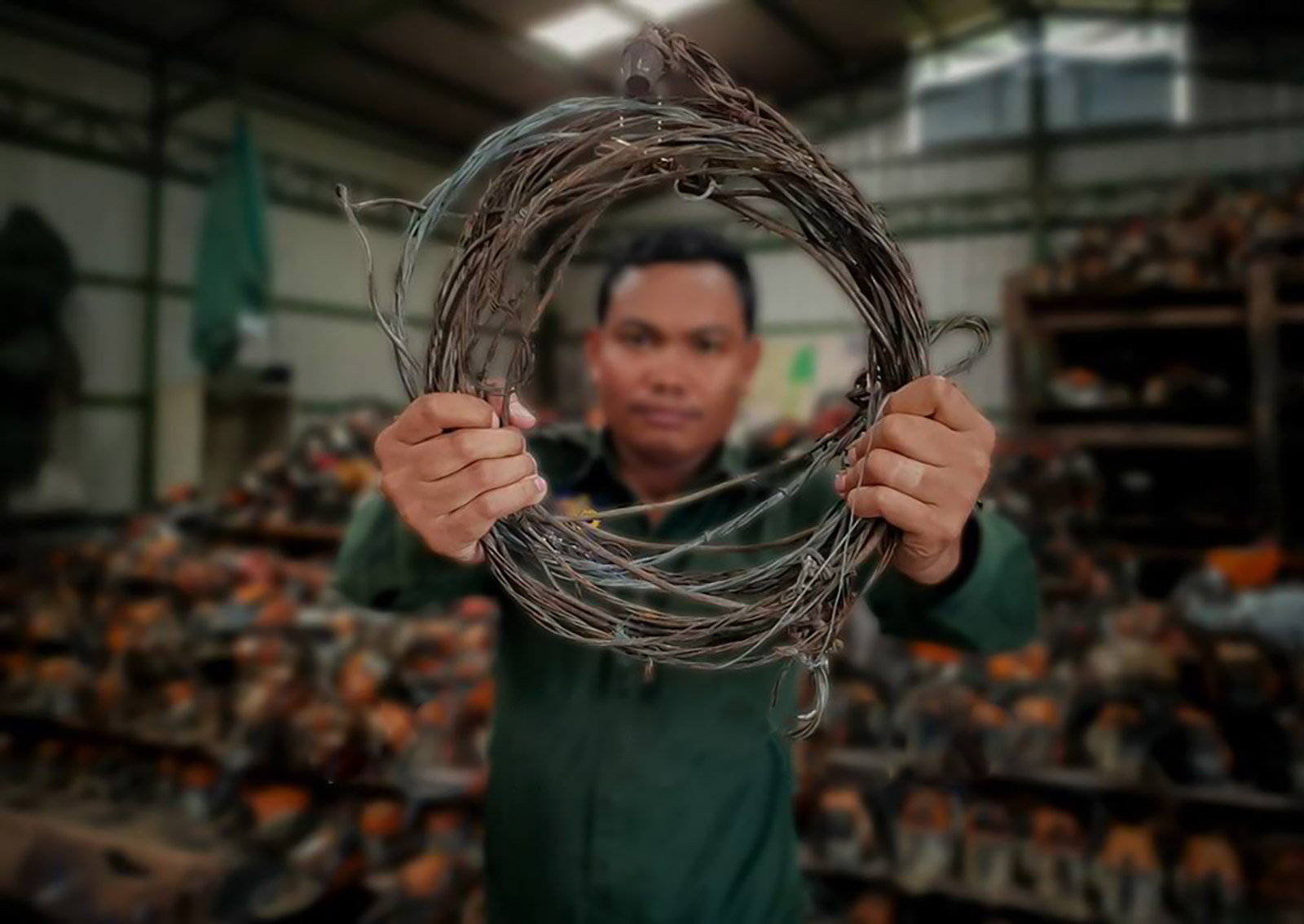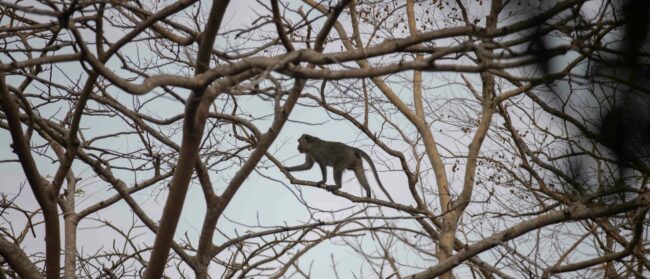The Covid-19 pandemic has highlighted no shortage of heroes and villains, but one unlikely antagonist has stolen the spotlight: Bushmeat.
The novel coronavirus is believed to have made its first major outbreak in Wuhan, a city of some 11 million people in China’s Hubei province. Early reports on the viral disease – believed to be zoonotic, a term referring to a disease that spreads from animals to humans, and part of a virus family commonly found in bats – centred on a wet market known for its stock of live and wild animals.
Chinese consumers make up a large market for wildlife meat, including the bats linked to coronavirus, which is sourced either domestically or from elsewhere in Asia. But after the emergence last winter of the novel coronavirus, China’s ruling party has ramped up efforts to outlaw the sale of wild meats.
However, the trade in wildlife is far from limited to China, and in Southeast Asia conservationists are warning that the region’s culture of consuming bushmeat risks clearing out its forests of wildlife, as well as potentially introducing the next deadly animal-to-human virus.
“All of this trade has potential to transmit disease, pathogens, between people and wildlife,” said Thomas Gray, a science director for non-governmental organisation Wildlife Alliance in Cambodia. “It’s a massive risk, and it would not surprise me if there weren’t undetected viruses even here developed from the wildlife trade that maybe are just relatively mild.”
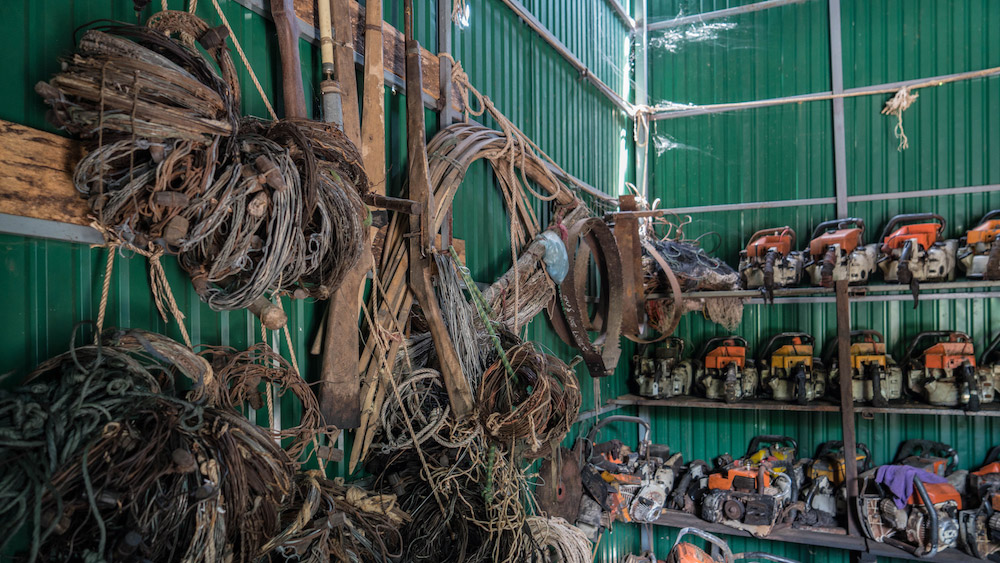
On February 24, months after the outbreak in Wuhan, China enacted a permanent ban on raising wild animals for food, putting some 20,000 breeders of civets, porcupines, peacocks and other creatures out of business. This was an abrupt reversal of state policy that had encouraged the production of wild meats as a means to fight rural poverty.
At its peak, the domestic bushmeat industry was reported to be worth billions of dollars and employed millions of people. All that despite evidence the earlier SARS outbreak of 2003-4, which was also caused by a coronavirus, may have spread to human beings from civets consumed as food.
Biodiverse Southeast Asia is also teeming with illegal snaring and trafficking of wild animal products, even as the practice is increasingly frowned upon by environmental protectors and public health experts alike.
Beijing’s recent crackdown has prompted some in Southeast Asia to ponder similar measures. In March, Vietnam’s Prime Minister Nguyen Xuan Phuc directed his Ministry of Agriculture and Rural Development to draft guidelines for a ban of wild meat. Meanwhile, authorities in Thailand have framed the ban in China as an opportunity to crack down on wildlife trafficking in their own backyard, both from local poachers and transnational smugglers.
Maj. Gen. Viwat Chaisangka, head of the Thai police’s natural resources and environmental crime unit, told Nikkei Asian Review in late February that the shutdown in China “will help to stop the wildlife trade.”
“This ban may be the right time for us to get more data about traffickers,” he said.
However, as Gray and other experts point out, the pivot away from the wild animal trade is not complete.
The new rules in China only apply to non-aquatic creatures and excuse medicinal uses of wild animals and their parts, such as the scales of the endangered pangolin, believed to be one of the most-trafficked animals on earth.
In some cases, the use of these animal-derived therapeutics is even promoted by the Chinese government – as is the case for an official recommendation to treat Covid-19 using medications containing bear bile, a controversial concoction drained from live, caged bears.
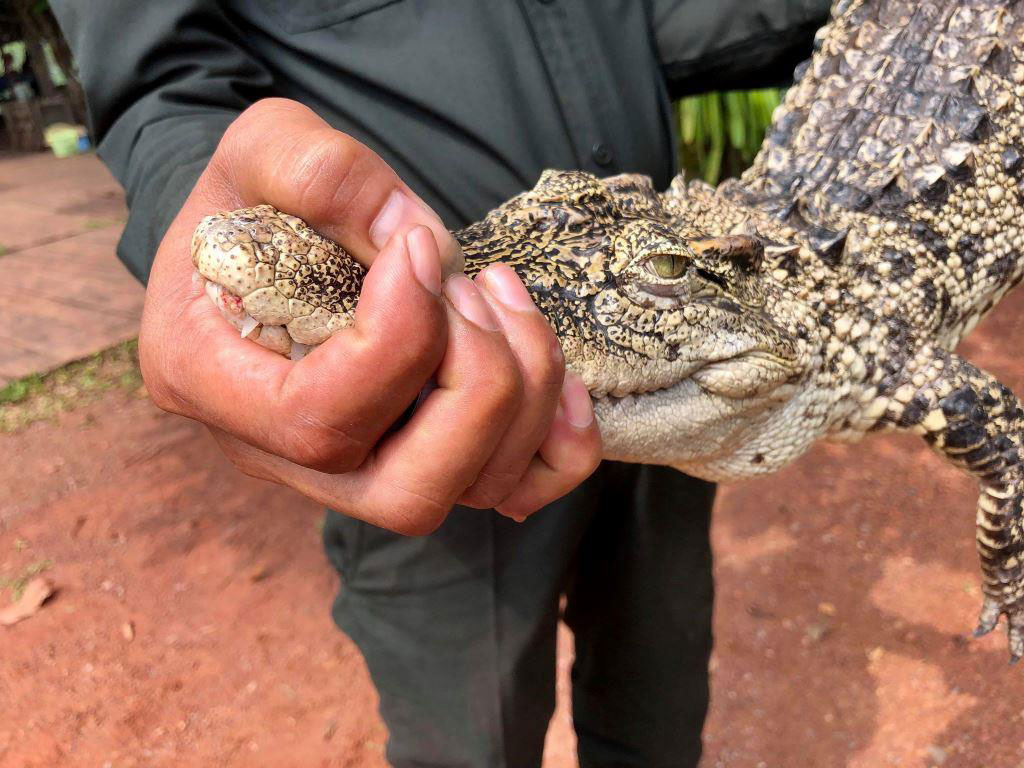
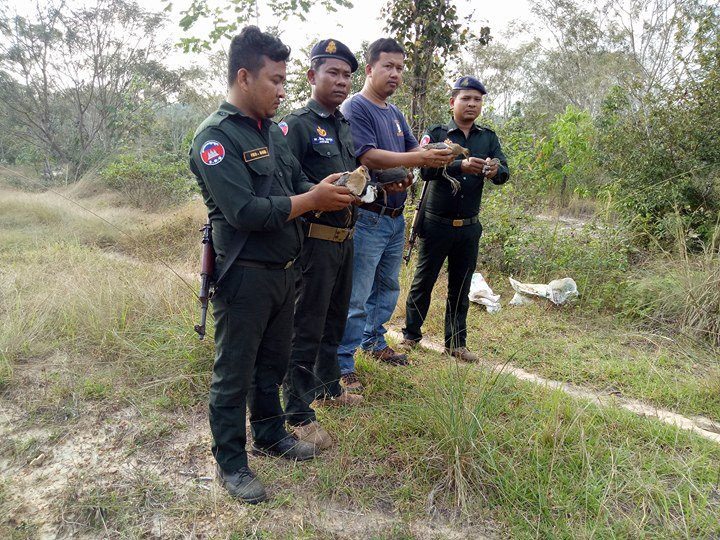
Even when animals aren’t being used specifically for medicine, there can be a misconception that it’s healthier to eat wild, hunted creatures than domesticated, farm-raised ones.
That’s one of the findings of Regine Weckauf, a Cambodia-based technical adviser with conservation group Fauna and Flora International. Weckauf focuses on the wild meat trade and the consumer behaviours of the Cambodian market.
For those in urban settings, she said, the ability to source and serve wild meat can be a status symbol. Among individual consumers, hosting friends for a gathering at home may serve as a way to show off while enjoying the supposed health benefits they believe wild meat possesses, whether that be a boost to male virility or a way to avoid agrochemicals and antibiotics.
Rural consumers take a more casual approach. Hunting and gathering wild food is traditional for many people in Cambodia and is often practiced legally and sustainably. But when poaching does occur in protected areas or through methods that cause indiscriminate death, such as snaring, rural buyers are still less likely to associate their consumption with negative environmental impacts.
“People don’t necessarily know it’s illegal or, if they do, there’s this cognitive dissonance where it doesn’t really matter,” she said. “They might think ‘Wild pig is not endangered, I see it everywhere,’ and not really think of the bigger picture of it.”
When you target wild meat, you set snares on the ground that take out anything that lives … It empties out the forest completely
Regina Weckauf, a researcher at Fauna and Flora International
Cambodia already has legal restrictions on the trade and consumption of wild or protected animals, and though the occasional market stall in Phnom Penh may carry wild meats, both Weckauf and Gray said consumers in urban centers are often aware their consumption is illegal and are more discreet in buying these products.
Rangers from Wildlife Alliance routinely collect bushmeat being sold in restaurants or markets in Cambodia’s cities, and in February rangers seized 330kg of meat – including wild pigs, monitor lizards, porcupines and multiple live turtles – from restaurants in the southern Koh Kong province.
The organisation, riding public awareness peaked by the novel coronavirus, has launched a social media campaign with the hashtag #StopEatingWildlife to advocate against the trade.
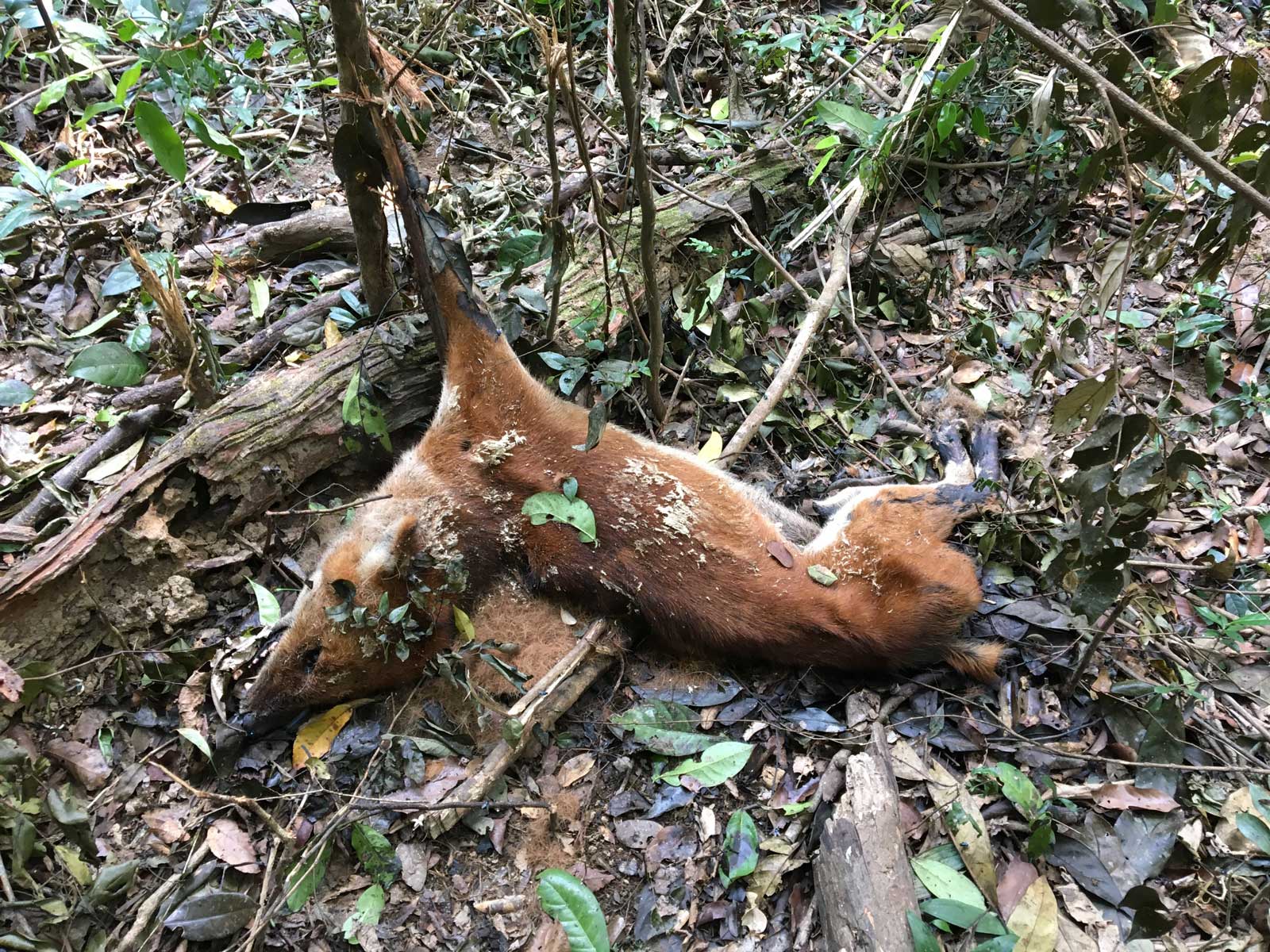
Conservation experts say the scale of modern, wild harvesting and disregard for local conservation law has contributed to the spread of “empty forests” across Southeast Asia – places where visitors can walk among trees without seeing or hearing animal life.
“These are so-called “paper parks” – where, on paper only, it’s a protected area,” Weckauf said.
The reality is often far from it, thanks in large part to the wild meat trade.
“When you target wild meat, you set snares on the ground that take out anything that lives,” Weckauf explained. “It empties out the forest completely, even though it’s opportunistic as well.”
For an industry with such a widespread impact, its opaque nature makes it difficult to gauge the full reach of wild meat consumption. Those who work to curb the sale of wildlife say it’s easier to estimate the scale of the trade by picking up the tools used in the hunt.
Gray said Wildlife Alliance keeps tabs on the wild meat industry by counting the snares – usually crude traps tied with rope and wire to catch an animal by a limb – that staff and volunteers pull from rugged areas such as Cambodia’s Cardamom Mountains or northern plains.
“We removed from the Cardamoms some 22,000 snares,” Gray said, describing only one year of collecting. “That’s a vast threat.”
He explained these snares are cheap and simple to produce and can be rigged throughout the forest to snag whatever happens by. As Weckauf said, the snares do not discriminate between targeted and undesirable species, meaning they can entangle anything from a civet to an elephant. Once caught in the trap, an animal may eventually perish and rot before a hunter even remembers to return and check his lines.
While the bushmeat trade has reduced the numbers of commonly hunted animals like deer and pigs in Cambodia, Weckauf believes its true impact is far more expansive, even calling it “the biggest driving threat for biodiversity in forests in Cambodia”.
That collateral damage helped spark FFI’s interest in the trade. Weckauf said the organisation was drawn further into fighting the bushmeat industry when it began to encroach upon its elephant conservation project in the Cardamom Mountains.
Field workers would spot elephants and their calves with wire snares wrapped around their trunks and feet, digging into their flesh. Weckauf said the injuries caused by these snares put the giant animals at risk of dying from sepsis.
“Even though elephants haven’t been poached in Cambodia for about a decade now – they’re pretty well protected – the population isn’t growing because of these snares that take out the smallest,” she said of the slow-breeding mammals.
While the bushmeat industry is somewhat organised, but is not believed to be structured as intricately and on such a large scale as that for other illicit animal products like ivory.
“The majority of people hunting, with some exceptions, are local people,” Gray said. “Then these people will know middlemen, transporters, which might just be a taxi that’s going from Koh Kong to Phnom Penh.”
Both Gray and Weckauf said the industry in Cambodia is largely tailored to specific buyers, whether these be individuals or restaurants. Gray said some markets in the capital, such as that at Boeng Trabek, might have “one or two stalls” selling wild meat, but the majority is going directly to the point of consumption.
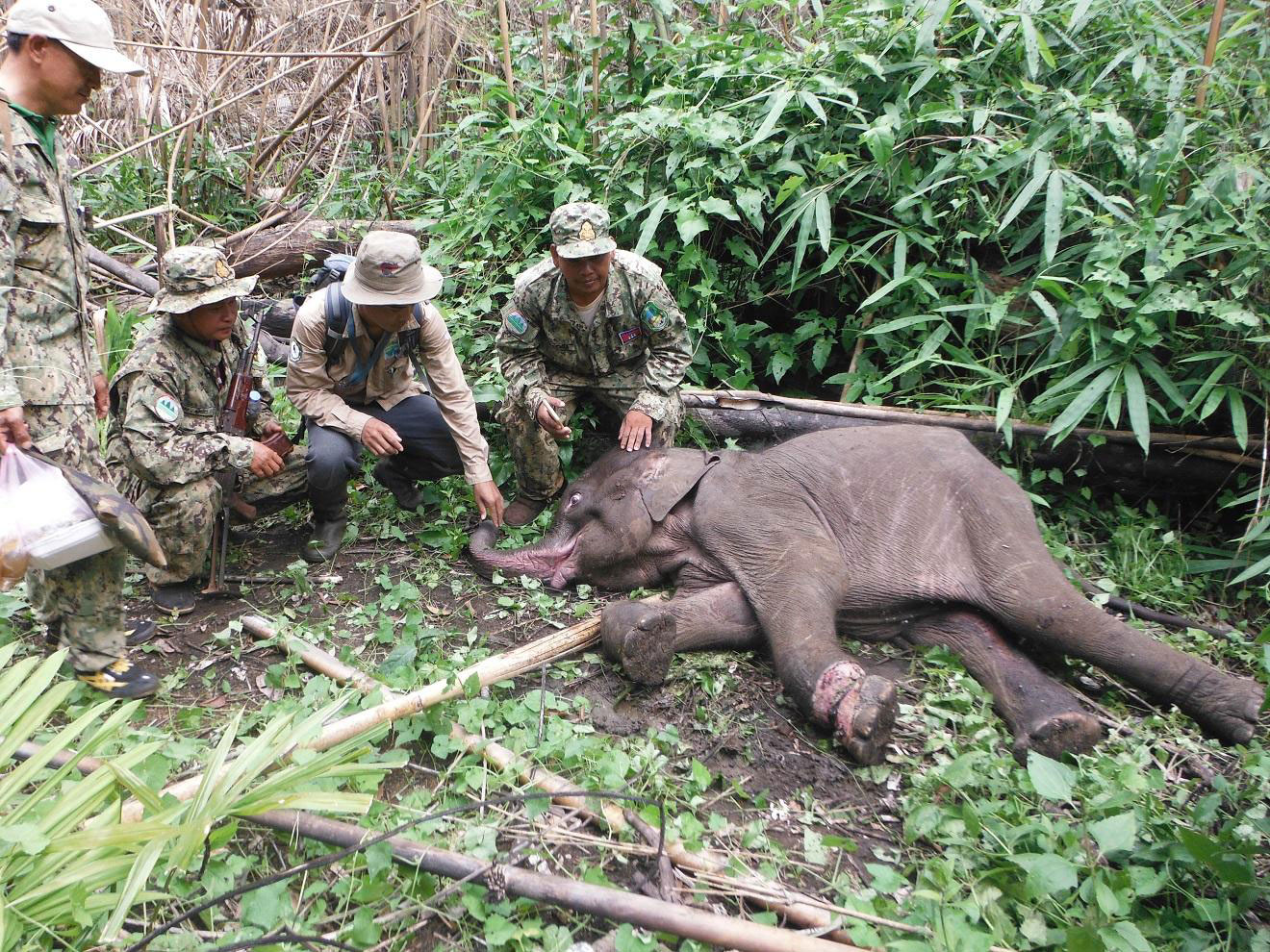
“It’s not high-level organised crime,” he said. “Now, almost any rural villager knows that if they catch a wild pig in their snare, they know who they need to talk to. For something even more high value, like a pangolin, they know someone who can bring it to market.”
Both FFI and Gray’s organisation Wildlife Alliance share positive relations with the Cambodian government and collaborate with the Forestry Administration and the Ministry of Environment. Still, while Gray said wildlife crime enforcement is improving, there’s still great need for stronger governance on the issue both in Cambodia and across the region.
If the Chinese government cuts down on trade in China, it could just be that Chinese people who want to consume wildlife meat might come to Cambodia on trips where part of the purpose is consumption of this meat
Thomas Gray, Wildlife Alliance in Cambodia
The efforts of the Chinese government to crack down on the wild meat industry, both the wild-caught and farm-raised sides of it, may offer a precedent for how other state authorities handle the issue within their own borders. Conversely, Gray suggests a ban in China could also push more market share into Southeast Asia.
While Vietnamese consumers already make up a major market for wild meats in their own right, Gray cautioned of the potential for Cambodia, Laos and Myanmar to be future industry hubs.
“There’s quite a lot of consumption of these products in Cambodia by non-Cambodian tourists, including Chinese and Koreans,” he said. “So if [the Chinese government] cuts down on trade in China, it could just be that Chinese people who want to consume wildlife meat might come to Cambodia on trips where part of the purpose is consumption of this meat.”
